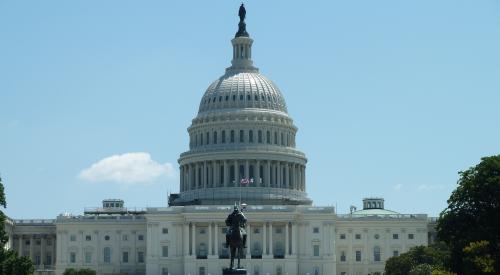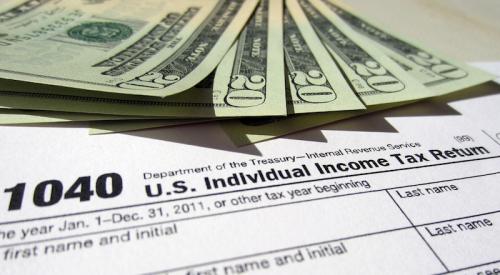| Stan Ehrlich
|
Business owners: Businesses that need capital equipment might want to consider buying it in 2003. The maximum write-off for Section 179 deductions (first-year deductions for purchases of business equipment) increased this year from $25,000 to $100,000.
While this increase might not help with a company car, it does help with trucks in excess of 6,000 pounds as well as other equipment expenses. And it might reduce your taxes by reducing adjusted gross income significantly.
In addition, if you offer a 401(k) retirement plan, the maximum contribution this year is $14,000 if you're 50 or older and $12,000 if you're not. If you haven't maxed out your contribution for 2003, you still have time to do so. In 2004, maximum contributions climb to $16,000 and $13,000, respectively.
Investors: Because of the manner in which dividends and long-term capital gains currently are taxed as a result of the new tax act, strategies on how to allocate investments between and in retirement and non-retirement accounts changed dramatically.
Previously, investments that generated substantial dividend income or had the prospect of significant growth typically were held in tax-deferred retirement accounts to postpone tax payments on the income and gains.
But substantially reduced tax and capital gains rates negate that strategy. Paying 15% taxes on capital gains in non-retirement accounts, for example, might be preferable to paying the ordinary income tax rates assessed when distributions are made from a retirement account.
Likewise, if you've held off on diversifying your portfolio out of a reluctance to pay taxes, rethink your strategy. If you're sitting on gains in taxable accounts, the maximum tax rate on long-term capital gains realized after May 5, 2003, is 15% (20% previously). So holding oversized positions instead of properly diversifying is much more difficult to justify.
Similarly, significant stock dividends now are taxed at a top rate of 15% rather than at ordinary income tax rates as before. One caveat: Read the fine print regarding which dividends qualify for the 15% rate. In this instance, don't assume all dividends are equal. They're not. For example, while money-market distributions technically are dividends, they don't qualify for the new, lower tax rate.
Taxpayers: There is some bracket creep this year and next, with higher incomes in each tax bracket.
While this might sound like good news if you're earning more money, hold off on celebrating. The Alternative Minimum Tax has been taking large bites out of a lot of expected tax savings.
Your best bet: Run some numbers with your accountant before this year is up. Depending on your tax situation, you might save considerably on taxes by some combination of deferring income into 2004, accelerating income into 2003, deferring deductions into 2004 and/or accelerating deductions into 2003.











